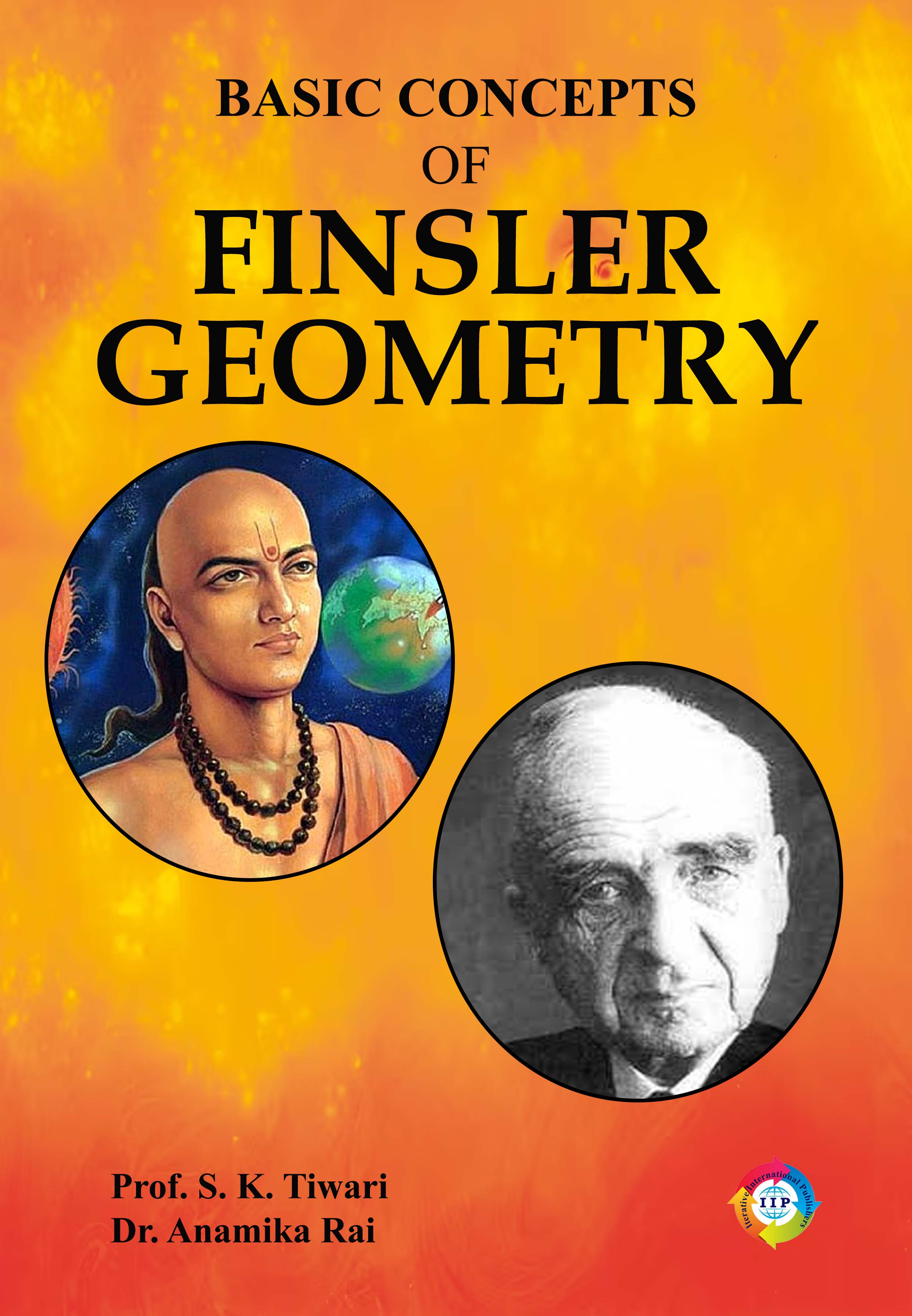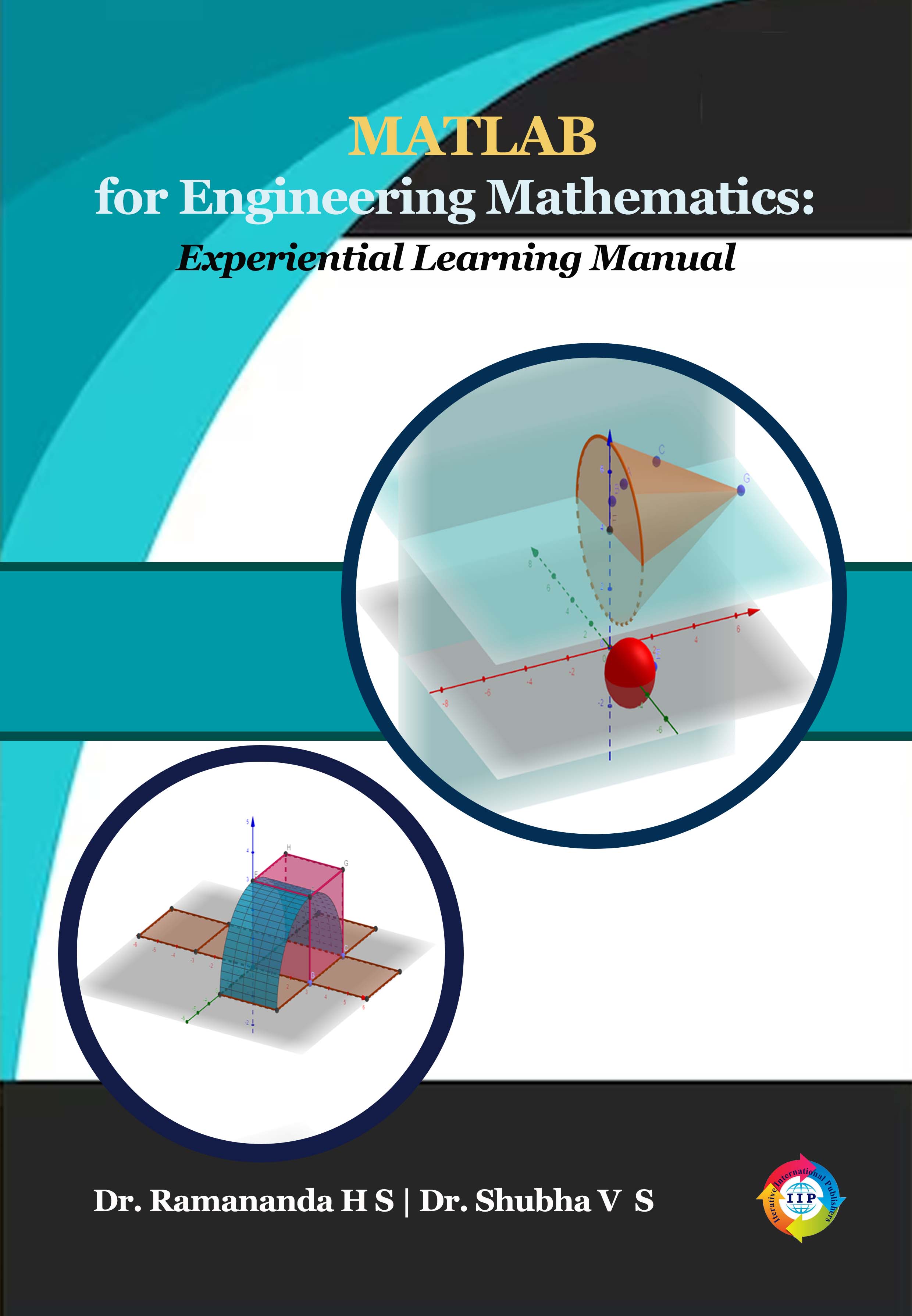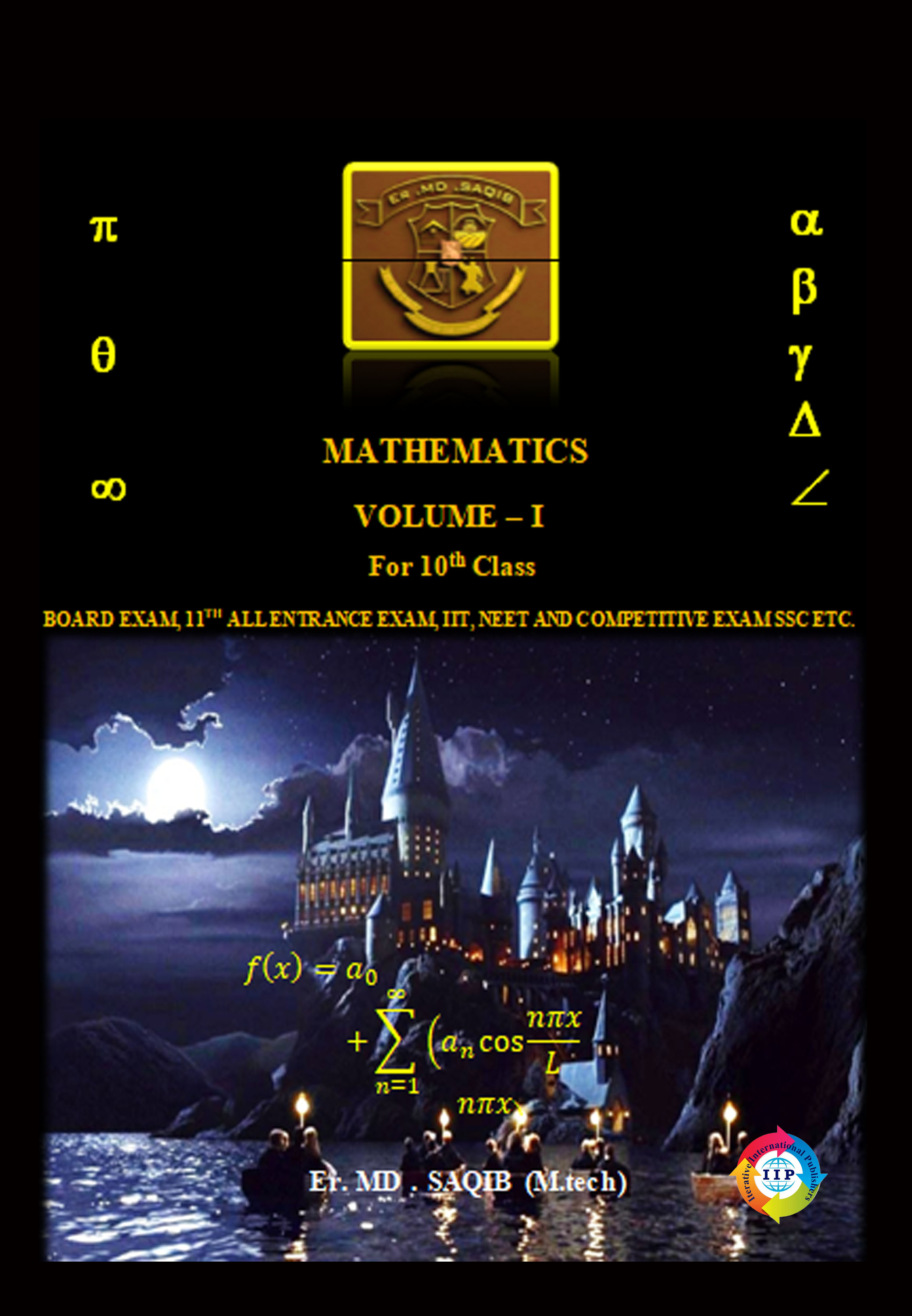.jpg)
THEORY OF FUZZY SETS
-
TypePrint
- CategoryAcademic
- Sub CategoryText Book
- StreamMathematics
Real situations are very often uncertain or vague in number of ways due to lack of information the future state of the system might not be known completely. This type of uncertainty has long been handled appropriately by probability theory and statistics. It was based on set-theoretic considerations and logic. It was assumed that events are statement and well defined. The capability of fuzzy sets to express gradual transitions from membership to non-membership and vice-versa has a broad utility. It provides us not only with a meaningful and powerful representation of measurement uncertainties, but also with meaningful representation of vague concepts expressed in natural language. For instance instead of describing the weather today in terms of exact percentage of cloud cover, we can say that it is sunny. While the latter description is vogue and less specific, it is often more useful.
In chapter 1, Preview of classical sets is given. The theory of Fuzzy Sets is introduced by giving definition of membership function. Membership functions are particular case of characteristics functions. Gradually the theory of fuzzy is developed by defining the basic concepts like Membership Function, Fuzzy set, Interval-Valued Fuzzy sets, Fuzzy sets of Type-2, L-Fuzzy set, Level 2, Representation of fuzzy set, α- cut, Strong α –cut, Level set of A, Support of Fuzzy set, Core of A, Height of A, Normal Set, Sub-normal, Convex Fuzzy set, Standard complement, Equilibrium point, Standard Intersection are defined and some important properties of these are discussed in detail. It is also been observed that Standard Union, Standard fuzzy Intersection on infinite sets is cut worthy (but not strong cut worthy whole standard fuzzy union on infinites set is strong cut worthy but not cut worthy. The fundamental theorem of fuzzy sets that is “First Decomposition of Fuzzy Sets” is discussed and it is observed that α- cut of fuzzy sets decompose a fuzzy set. In the Second Decomposition Theorem it is observed that strong α- cut of a fuzzy sets also decompose a fuzzy set. In the Third Decomposition Theorem it is observed that special fuzzy α- cut of a fuzzy sets also decompose a fuzzy set.
In chapter 2, axiomatic skeleton for fuzzy complements is defined and it is observed that every fuzzy compliment is a function from [0, 1] [0, 1] to [0, 1] and it satisfies boundary condition. It is monotonicity, continuous function that is involutive also. Every fuzzy complement has an Equilibrium Point in fact every complement has at most one equilibrium point. If C is a continuous fuzzy complement, then C has a unique equilibrium. The fuzzy t-norm: t-norm 'i' is a binary operation on the unit interval that satisfies boundary condition, Monotonicity, Commutative, Associativity. The standard fuzzy intersection is the only idempotent t-norm.
A fuzzy union /t-conorm u is a binary operation on the unit interval that boundary condition, Monotonicity, Commutative, Associativity. This is called axiomatic skeleton for fuzzy union or t-Conorms. Archimedean t-norm-Any Continuous and super-idempotent t-conorm is called Archimedean. If it is strictly monotonic it is called strictly Archimedean. The Standard fuzzy union is the only idempotent t-Conorm.
In chapter 3, Fuzzy Number A fuzzy set A defined on R whose membership function is defined as A: R→[0 1] and satisfies following properties is called fuzzy number. 1. A must be normal fuzzy set, i.e.A(x)=1 for atleast one x ∈[0 1]. α_AMust be a closed interval for every α –cuts. It is observed that the support of A, 〖0+〗_A must be bounded. The concept of Linguistic variables is introduced in this chapter. When fuzzy numbers represents linguistic concepts such as very small, medium, and so on, then the resulting constructs are called linguistic variables. Base variable- A base variable is a variable which serve as physical variable as well as numerical variable. Basic Arithmetic operations on Interval are defined and on basis of the operations Solution of the equations like A.X=B and A. X=B are derived in form of α –cuts
In Chapter 4, Concept of Fuzzy Relation is introduced. A fuzzy relation is a fuzzy set defined on the Cartesian product of crisp may have varying degrees of membership within the relation. The Membership matrix of a binary relation is represented by a matrix. Fuzzy Relation compositions are defined such as Standard Composition of Binary Fuzzy, Relation Join of Binary Fuzzy Relation. Types of fuzzy relations like Reflexive, Irreflexive, Anti-Reflexive, ∈- Reflexivity and Symmetric Relation, Asymmetric Relation, Transitive Relation, Non-transitive Relation and Anti-transitive fuzzy relation are discussed and their closures are evaluated. A fuzzy binary relation that is reflexive, symmetric and transitive is known as a Fuzzy Equivalence Relation or Similarity Relation.
In chapter 5, Concept of Fuzzy measures is introduced. The required basic concepts such as Belief measure, Plausibility Measure, Basic Probability assignment, Focal Elements, Body of evidence are defined and discussed with help of appropriate examples.
In chapter 6, Concept of Fuzzy Propositions is introduced. Fuzzy propositions is a proposition whose truth value lies in the range [0, 1]. There are various types of fuzzy propositions such as Unconditional and Unqualified fuzzy propositions written as P:v is F, with truth value (P)=f(v), Unconditional and Qualified Propositions: Canonical form of this proposition is P:v is F is S Or P:pro[v is F] is S,
Conditional and Unqualified Propositions-The propositions that can be expressed by canonical form P: if x is A , then y is B. Conditional and Qualified propositions- These propositions can be expressed by either canonical form P: if x is A then Y is B is S. or P: Pro{x is A/Y is B} is SFuzzy Quantifiers:- Fuzzy quantifiers are fuzzy number that take part in fuzzy propositions. Fuzzy quantifiers of first kind:- (Absolute Quantifiers) They are defined on R and characterize linguistic terms such as about 10, much more than 100, at least about 5 etc. Fuzzy quantifiersof second kind (Relative Quantifiers) are defined on [0 1] and characterize linguistic terms such as almost all, about half, most, and so on (also called Relative quantifiers). Linguistic Hedges: - They are linguistic terms by which other linguistic terms are modified. e. g. very, more or less, fairly, extremely. Modifiers: - Unitary operators that represents Linguistic Hedges are called Modifiers.
In chapter 7, Type of uncertainty: Three type of uncertainty are recognized. Non-specificity (Imprecision), Fuzziness (Vagueness), Strife (discord), Non-specificity:- is connected with sizes (Cardinalities) of relevant sets of alternatives. Fuzziness: is connected with or is a result of imprecise boundaries of fuzzy sets. Strife:-is connected with conflicts among the various sets of alternatives. Non-Specificity of crisp sets: Amount of uncertainty associated with finite set of alternatives is measure by class of functions ⋃▒(A) =c.〖log〗_b |A| where |A| denotes the cardinality of finite non-empty set A and b, c are positive constants (b>1,c>0).
The material in this book has formed the basis of lecture and seminars for post graduate students of Mathematics. The presentation is easy and elaborated. The concepts and methods in this book are abstract. Some important examples where needed are also discussed.
**Note: IIP Store is the best place to buy books published by Iterative International Publishers. Price at IIP Store is always less than Amazon, Amazon Kindle, and Flipkart.





COMMENTS
No Review found for book with Book title. THEORY OF FUZZY SETS